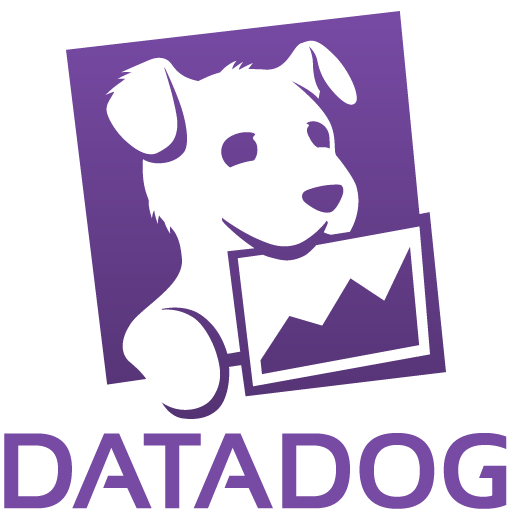We were looking for an all-in-one observability platform that could handle a number of different environments and products. At a basic level, we have a variety of on-premises servers (Windows/Mac/Linux) as well as a number of commercial, cloud-hosted products.
While it's often possible to let each team rely on its own means for monitoring, we wanted something that the entire company could rally around - a unified platform that is developed and supported by the very same people, not others just slapping their name on some open source products they have no control over.
